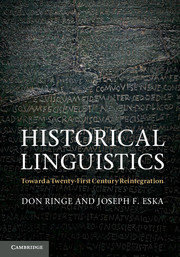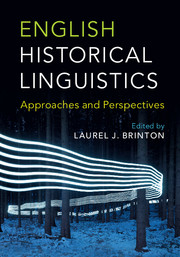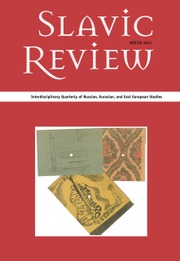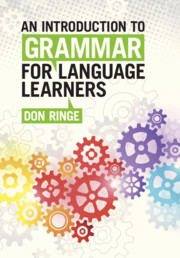Historical Linguistics
Bringing the advances of theoretical linguistics to the study of language change in a systematic way, this innovative textbook demonstrates the mutual relevance of historical linguistics and contemporary linguistics. Numerous case studies throughout the book show both that theoretical linguistics can be used to solve problems where traditional approaches to historical linguistics have failed to produce satisfying results, and that the results of historical research can have an impact on theory. The book first explains the nature of human language and the sources of language change in broad terms. It then focuses on different types of language change from contemporary viewpoints, before exploring comparative reconstruction - the most spectacular success of traditional historical linguistics - and the problems inherent in trying to devise new methods for linguistic comparison. Positioned at the cutting edge of the field, the book argues that this approach can and should lead to the re-integration of historical linguistics as one of the core areas in the study of language.
- An innovative textbook which demonstrates the mutual relevance of historical linguistics and contemporary linguistics
- Numerous case studies show that students can apply contemporary methods to solve problems where traditional approaches to historical linguistics have failed to produce satisfying results
- This approach can and should lead to the re-integration of historical linguistics as one of the core areas in the study of language
Reviews & endorsements
'Engaging, clear, modern, and intellectually honest … this book will inspire a new generation of work in historical linguistics.' Philomen Probert, University of Oxford
'… a thought-provoking and innovative introduction to historical linguistics, combining a masterful command of traditional methods and a wide familiarity with cutting-edge research in theoretical linguistics.' Michael Weiss, Cornell University
Product details
January 2013Hardback
9780521583329
325 pages
253 × 178 × 18 mm
0.79kg
10 b/w illus.
Available
Table of Contents
- Introduction
- 1. The nature of human language and language variation
- 2. Language replication and language change
- 3. Language change in the speech community
- 4. Language contact as a source of change
- 5. Sound change
- 6. The evolution of phonological rules
- 7. Morphology
- 8. Morphological change
- 9. Syntactic change
- 10. Reconstruction
- 11. Beyond comparative reconstruction: subgrouping and 'long-distance' relationships
- Appendix: recovering the pronunciation of dead languages: types of evidence.





